Ovens
Ovens, also known as drying pans, are devices used to dry and sterilize glass and metal vessels used in various laboratory processes. Laboratory stoves enable sterilization by dry heat, where hot air is used to carry out this process, this equipment allows uniform distribution of heat inside, where the material is exposed to temperatures of around 170ºC for 2 hours.
Dry heat sterilization works by destroying micro-organisms through oxidation of their cellular components. It is a less efficient process than moist heat sterilization, as microorganisms die more rapidly when in the presence of water, as it allows their protein configuration to be changed more easily, and provides a means of distributing heat evenly throughout the internal chamber of the sterilization equipment.
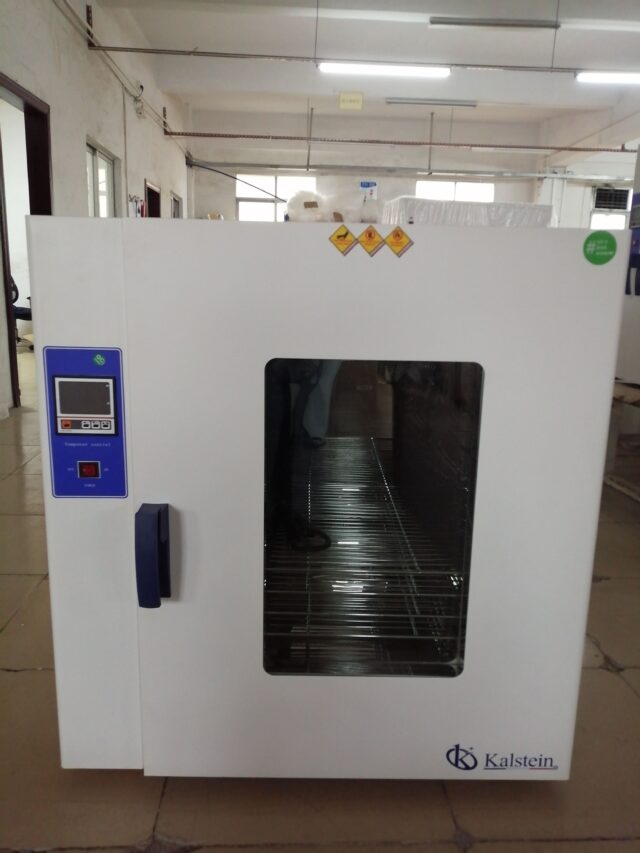
OVENS KALSTEIN
At Kalstein you can find the ideal Ovens for Your Laboratory
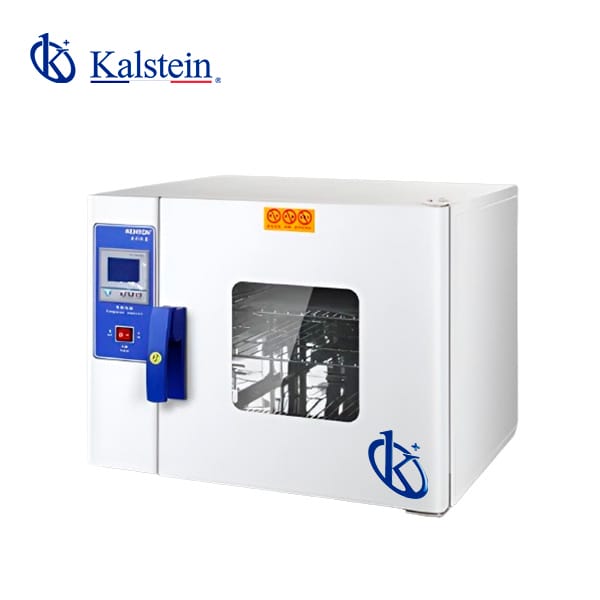
Electric Heating Drying Oven YR06446
Precision LCD microcomputer intelligent PID control system offers temperature control, timing, and over-temperature alarm features, along with an RS485 computer interface f...
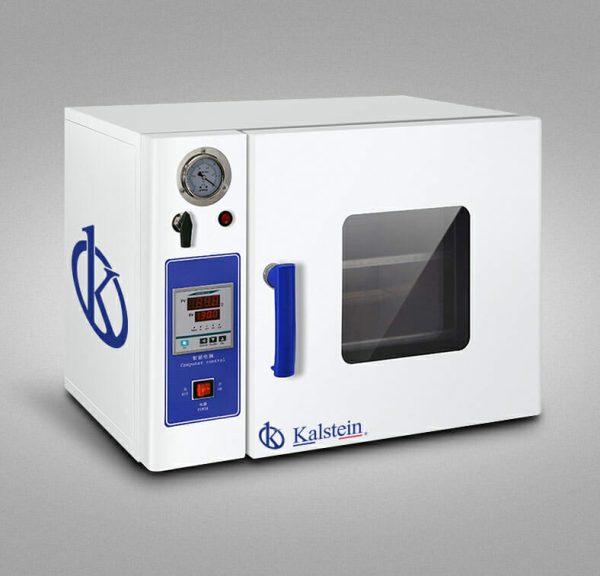
Vacuum Drying Oven YR05265-1 (SS) // YR05995 (S)
Vacuum Drying oven widely used in biochemical, chemical and pharmaceutical, health care, agricultural research, environmental protection and other resear...
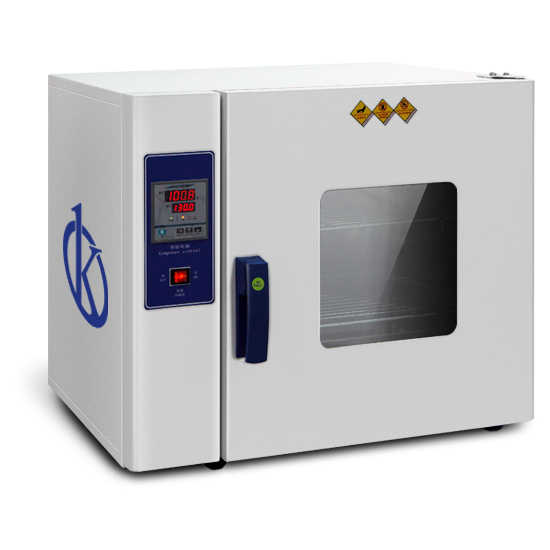
Electric heating drying oven YR05244 // YR05247
Microcomputer intelligent PID control, precision LED display temperature control, timing, over-temperature alarm, RS 485 computer interface, mirror stainless ste...
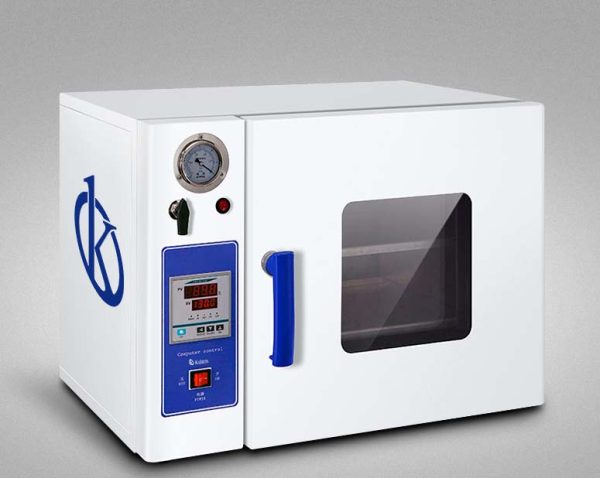
Vacuum drying oven YR05260 (A) // YR05261 (A) // YR05264 (A)
Vacuum drying oven widely used in biochemical, chemical, pharmaceutical, health care, agricultural research, environmental protection and other resear...
Our Ovens best seller
Microcomputer intelligent temperature control, digital display; centrifugal wind wheel, heat flow evenly; large studio space, fast heating time; (can be equipped with explosion-proof locks, explosion doors). Used for dehydration and drying of the product, suitable for industrial, mining enterprises, workshop batch production, can be a long time uninterrupted operation. Widely used in electroplating industry, electronic industry, alloy jewelry drops of oil, food and plastic industry, leather industry, hardware industry, etc. Is not suitable for flammable and explosive materials processing.
Product Introduction
For dewatering, drying, producing industries such as electroplating industry, electronic industry, alloy jewelry drip, food, plastics industry, leather industry, hardware and other applications, but not for the strong volatile. Flammable and explosive items in order to avoid explosion. (If the explosion-proof requirements, you must install safety facilities, such as explosion-proof lock and blast doors)
| Model | YR05256 | YR05258 |
| Supply voltage | 380 | |
| Temp. Rang(℃) | RT+5~250 | |
| Timer Range | 0~999h | |
| Liters | 300 | |
| Temp. Accuracy | ±1 | |
| Chamber material | Zinc | Stainless Steel |
| Temp. Fluctuation(%) | ±2 | |
| Power (KW) | 4~6 | |
| Inner Size (mm) (H×W×D) | 1000×600×500 | |
| External Size(mm) (H×W×D) | 1750×1130×700 | |
| Net. Weight(KG) | 152 | |
| Net. Weight(KG) | 152 | |
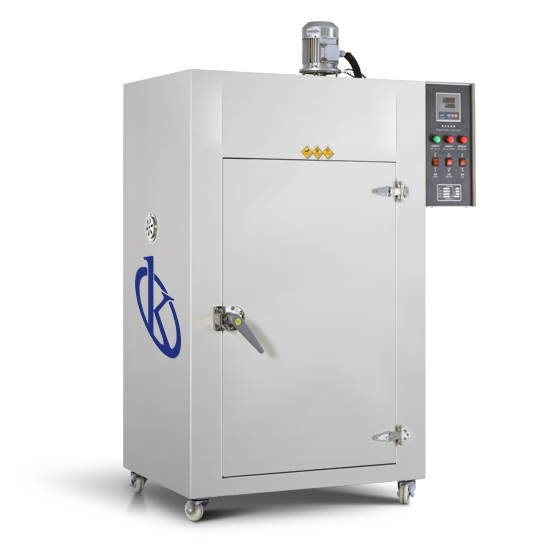
Analysis of the best Ovens for Your Laboratory

Ovens: dry heat sterilization
Hot air is one of the most widely used dry heat sterilization methods. This process is carried out in ovens, which allow uniform heat distribution inside, where the material is exposed to temperatures of around 170°C for 2 hours...
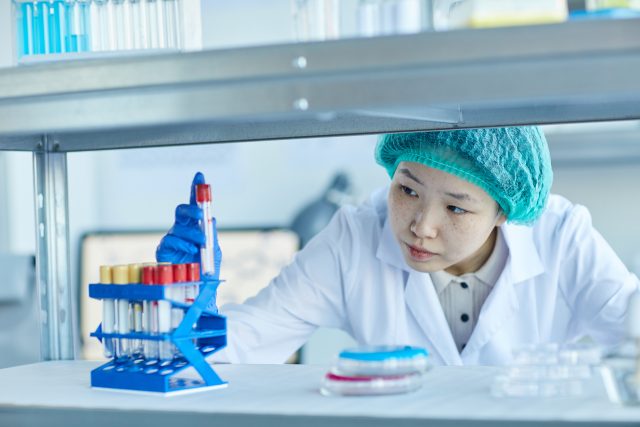
Laboratory ovens, which one to choose?
Among the wide variety of equipment needed to carry out the numerous activities of a laboratory, we can highlight the use of drying and heating ovens or ovens, basic equipment...
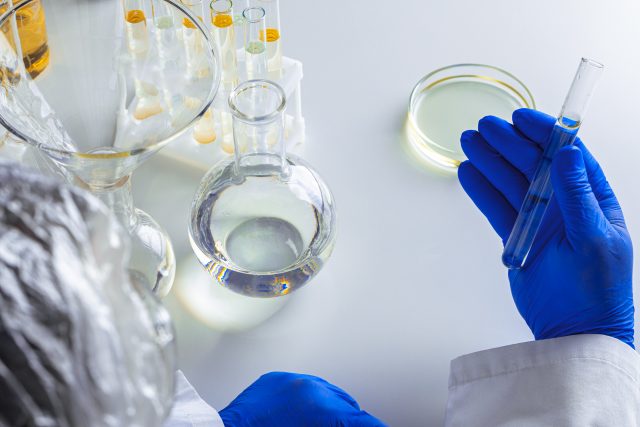
Types of laboratory ovens
The laboratory ovens or drying oven is equipment used to dry and sterilize glass and metal containers in a laboratory. It is also known as a drying oven. They work between room temperature and 350 ° C. In general...
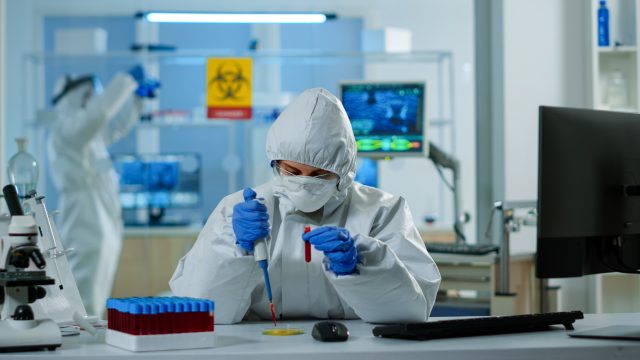
What are the differences between Drying Ovens, Muffle Ovens and Laboratory Incubators?
Within the laboratory and industrial sectors, there is a wide variety of furnaces of different...
Catalog of models of Ovens on offer

Single Door Industrial Air Drying Oven YR05256 // YR05258
Select options
Double Door Industrial Air Drying Oven YR05257-1 (A) // YR05259-1 (SS)
Select options
Vacuum drying oven YR05260 (A) // YR05261 (A) // YR05264 (A)
Select options
Vacuum Drying Oven YR05265-1 (SS) // YR05995 (S)
Select options
Electric heating drying oven YR05244 // YR05247
Select options
Electric heating drying oven YR05248 // YR05255
Select options
Electric Heating Drying Oven YR05259-2
Add to cart
Electric Heating Drying Oven YR06446
Add to cart
KALSTEIN UPDATED
Guidelines for you to become an expert in Ovens
The Ovens equipment are essential products in Your Laboratory, we provide you with guidance and recommendations for a better use, so you can work like an expert.
Features and care of a laboratory ovens
The laboratory oven is a team used to dry and sterilize glass and metal containers. There are…
Drying ovens or ovens: Are they sterilizers?
The oven or also called drying oven is a piece of equipment used to dry and sterilize glass…
Benefits of Industrial Ovens for Cosmiatry
Industrial ovens are equipment in charge of producing large amounts of heat, allowing to operate…
Laboratory ovens and muffles: What are the differences and applications?
It is essential equipment in laboratories and is also known as drying oven; is used for drying and sterilizing glass and metal containers; now, the muffle is also an oven, but usually intended for cooking ceramic materials and for smelting metals through thermal energy…

Frequently asked questions from our customers about Ovens
To know the price of the ovens we invite you to send us an email with your request using the contact form. HERE
The delivery time of your Kalstein product will depend on the following:
- Whether the equipment you are interested in is in stock or if it needs to be manufactured.
- The type of freight you have chosen, which can be either air or sea.
- Equipment in stock:
– Delivery Time (Air): 15-30 days.
– Delivery Time (Sea): 45-60 days.
- Equipment not in stock:
– Delivery Time (Air): 30-60 days.
– Delivery Time (Sea): 60-90 days.
You can make your purchase through:
- By email: [email protected]
- By phone: +33 (0) 1 70 39 26 50
- Online shopping: Through the official Kalstein website in your country.
All Kalstein equipment comes with a 1-year warranty against manufacturing defects. The warranty does not cover damages caused by improper installation or operation by the user, transportation defects, or uses other than those specified by the manufacturer. The warranty excludes electrical parts or consumables. For more information, visit our terms and conditions by clicking HERE.
At Kalstein, we provide our customers with inductions and technical support through new online methods. You can visit our induction videos, technical assistance, and guidance provided by a Kalstein team through our Youtube channel (Kalstein English). HERE
Certainly, you can request a quote for the Kalstein equipment you’re interested in, directly from our official website. Once you have identified the model of your preference, click HERE
Send us a direct message and one of our agents will contact you
Ovens
Lorem ipsum dolor sit amet, consectetur adipiscing elit. Sed dignissim placerat mauris cursus laoreet. Nam feugiat lacus ex, at fermentum sapien accumsan nec. Curabitur auctor porttitor mi non malesuada. Aenean condimentum, purus vitae rhoncus imperdiet, justo eros aliquam ipsum, at egestas leo diam eget libero.

Catalog of models of Ovens on offer.
-

Chambre Climatique Artificielle (Germinateur de graines) YR06698
-

Artificial Climate Chamber (Seed Germinator) YR06698
-

Cabine de Flux Laminaire de Bureau avec Filtre YR06520//YR06524
This product has multiple variants. The options may be chosen on the product page -

Cabine de Flux Laminaire Vertical pour Culture de Tissus YR06516// YR06519
This product has multiple variants. The options may be chosen on the product page -

Desktop Laminar Flow Cabinet YR06520//YR06524
This product has multiple variants. The options may be chosen on the product page -

Vertical Laminar Flow Hood for Tissue Culture YR06516// YR06519
This product has multiple variants. The options may be chosen on the product page -

Four de Séchage Thermostatique Programmable YR06444 -YR06445
This product has multiple variants. The options may be chosen on the product page -

Programmable Thermostatic Drying Oven YR06444 -YR06445
This product has multiple variants. The options may be chosen on the product page -

Incubateur Bactérien Thermostatique Programmable YR06441//YR06443
This product has multiple variants. The options may be chosen on the product page -

Programmable Thermostatic Bacteria Incubator YR06441//YR06443
This product has multiple variants. The options may be chosen on the product page -

Lyophilisateur de laboratoire Type T YR05197-1
-

Oscillateur Shaker YR06053
-

Lyophilisateur de laboratoire normal vertical YR05190
-

Lyophilisateur de laboratoire vertical de type T YR05193-1
-

Lyophilisateur pour fruits et légumes YR05985
-

Steel Workbench YR06018 // YR06024
This product has multiple variants. The options may be chosen on the product page
Descubre más de nuestro catálogo
Tipos de Ovens

[Producto] A
Lorem ipsum dolor sit amet, consectetur adipiscing elit. Ut elit tellus, luctus nec ullamcorper mattis, pulvinar dapibus leo.

[Producto] B
Lorem ipsum dolor sit amet, consectetur adipiscing elit. Ut elit tellus, luctus nec ullamcorper mattis, pulvinar dapibus leo.
Find out more about Ovens with our guides.
Kalstein équipe l’Université Agraria de la Molina à Lima, Pérou
Un partenariat fructueux pour renforcer les capacités scientifiques en Amérique Latine Le 15 juin 2025, Kalstein a livré un congélateur ultra basse température...
Kalstein en Chine – Un voyage d’affaires au cœur de l’innovation
Après le premier épisode de notre série spéciale, nous poursuivons notre exploration des partenariats stratégiques de Kalstein en Chine.Aujourd’hui, nous...
Kalstein participe à une collecte de sang avec l’Établissement Français du Sang (EFS)
Un engagement pour sauver des vies Kalstein a eu l’honneur de participer à une collecte de sang organisée par l’Établissement...



